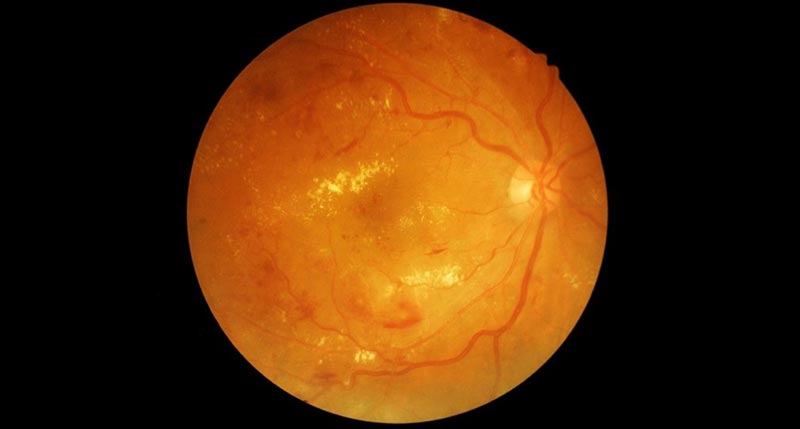News Headlines
- Aug 20 2024 What causes corneal ulcers?
- Aug 19 2024 Endophthalmitis: A Serious Eye Infection
- Aug 15 2024 Discover more about PRK eye surgery
- Aug 9 2024 Key Points you know about refractive surgeries
- Jul 28 2024 Protect yourself from dengue fever: Here's how
- Jul 28 2024 A Silent Threat, It Is Time to Action
- Mar 12 2024 Glaucoma: Early Detection, Lifelong Vision
 Diabetic retinopathy: A common eye complication of diabetes
Diabetic retinopathy: A common eye complication of diabetesDiabetic retinopathy is a serious eye disease that can cause vision loss and blindness. It is caused by high blood sugar levels damaging the tiny blood vessels in the retina, the light-sensitive tissue at the back of the eye. Over time, these damaged blood vessels can leak fluid or blood, which can blur vision and damage the retina.
Symptoms of diabetic retinopathy
In the early stages, diabetic retinopathy may not cause any symptoms. However, as the disease progresses, it can cause a variety of vision problems, including:
* Blurred vision
* Floaters: These are small spots or cobweb-like objects that float in your field of vision.
* Flashes of light: These are brief flashes of light that you may see in one or both eyes.
* Loss of peripheral vision: This is the loss of vision in the sides of your field of vision.
* Central vision loss: This is the loss of vision in the center of your field of vision.
Types of diabetic retinopathy
There are two main types of diabetic retinopathy:
* Nonproliferative diabetic retinopathy (NPDR): This is the early stage of the disease. In NPDR, the blood vessels in the retina become damaged and may leak fluid or blood. This can cause blurred vision and floaters.
* Proliferative diabetic retinopathy (PDR): This is the more advanced stage of the disease. In PDR, new, abnormal blood vessels grow on the surface of the retina. These blood vessels are fragile and can bleed easily. Bleeding from these blood vessels can cause severe vision loss or even blindness.
Risk factors for diabetic retinopathy
The longer you have diabetes and the less controlled your blood sugar is, the more likely you are to develop diabetic retinopathy. Other risk factors for diabetic retinopathy include:
* High blood pressure
* High cholesterol
* Smoking
* Being pregnant
Prevention of diabetic retinopathy
The best way to prevent diabetic retinopathy is to control your blood sugar levels. You can do this by:
* Taking your diabetes medications as prescribed
* Eating a healthy diet
* Exercising regularly
* Losing weight if you are overweight or obese
* Monitoring your blood sugar levels regularly
* Getting regular eye exams
Treatment for diabetic retinopathy
There is no cure for diabetic retinopathy, but treatment can help to slow the progression of the disease and prevent vision loss. Treatment options for diabetic retinopathy include:
* Laser surgery: Laser surgery can be used to treat a variety of diabetic retinopathy complications, including PDR, macular edema, and retinal detachment.
* Vitrectomy: A vitrectomy is a surgical procedure that removes the vitreous from the eye. It is used to treat severe cases of PDR and retinal detachment.
* Injections: Injections of medications, such as anti-VEGF drugs, can be used to treat macular edema.
If you have diabetes, it is important to get regular eye exams to screen for diabetic retinopathy. Early diagnosis and treatment can help to prevent vision loss and blindness.
- Please select news categories.
